Tactical Holsters – Features and Advantages
Tactical holsters are primarily used by the military, special forces, law enforcement agencies, SWAT, police as well as civilian gun owners who are getting into tactical training.
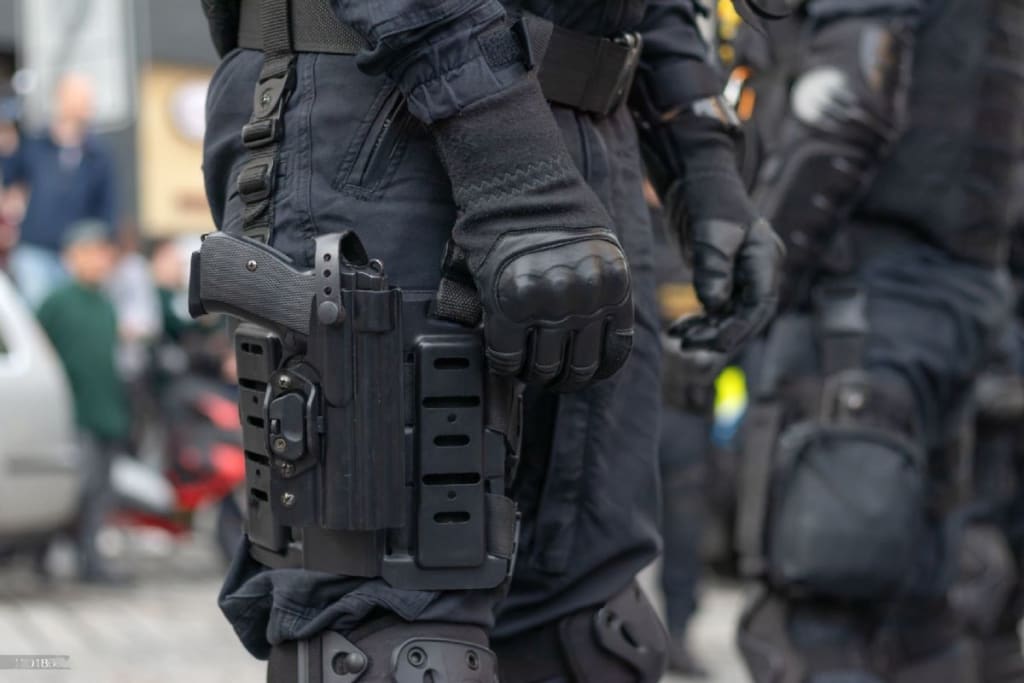
Tactical holsters are primarily used by the military, special forces, law enforcement agencies, SWAT, police as well as civilian gun owners who are getting into tactical training. Tactical holsters have many features and advantages and are characterized by their durability, reliability, and versatility. Tactical holsters are also referred to as duty holsters or military holsters.
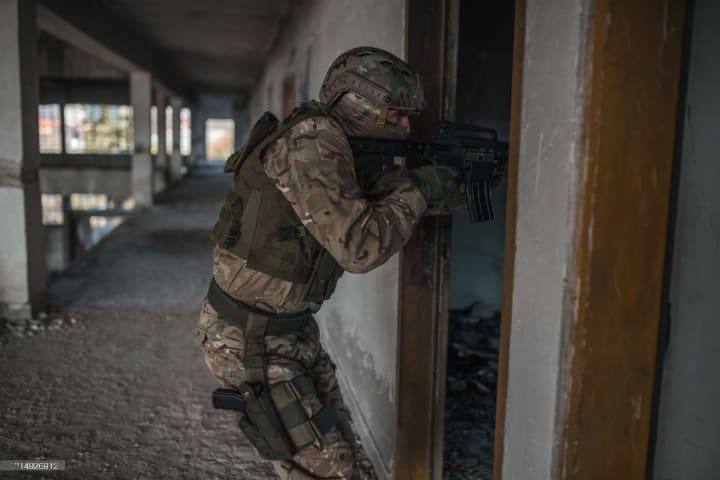
Tactical holsters are OWB (outside the waist band holsters) and are typically worn on a lowered platform on the thigh. Unlike traditional holsters or IWB (inside the waist band holsters) they are not tight against your body. Since they are a bit off your body, these types of holsters make wearing additional tactical gear easier such as body armor. They also can ensure a quicker draw as compared to IWB and other holsters.
Tactical holsters also have additional features like retention straps, automatic locking systems (ALS) or thumb breaks to help secure the firearm in place. These holsters can easily accommodate firearms with additional features such as optics, laser sights, and silencers. They may also have additional pockets or pouches for carrying spare magazines or other smaller items. They also have features such as adjustable retention, which allows the user to customize the level of friction needed to draw the firearm from the holster. This is accomplished with the help of screws placed in strategic places in the holster. To increase the retention, all you need to do is to simply tighten the screws in the holster to increase the friction. Tactical holsters are designed to be durable and able to withstand harsh environments and conditions which traditional holsters may not be able to endure.
Another unique feature of tactical holsters is that it has a clip on holster which attaches with your gun belt. If you need to switch the holster you do not need to take off your entire belt. You can simply take off and switch the holster without changing the belt. They are easy to attach and take off as well.
Tactical holsters are typically more expensive than other types of holsters due to their superior quality and advanced features. They are typically made of robust, strong and durable materials such as Kydex.
Tactical Holsters – Features & Advantages:
Quick access: Tactical holsters are designed to securely hold a firearm while allowing the user to quickly and easily access their firearm in a variety of situations. This can be especially important in high-stress, life-threatening situations where every second counts.
Security: Tactical holsters are typically designed to securely hold the firearm in place, which can help prevent accidents or unauthorized access to the weapon. These holsters normally have Level 3 or Level 4 retention levels built in with locking systems which automatically lock your gun once holstered. They also have little screws in the holster to increase the tension on the weapon.
Durability: Tactical holsters are typically made of strong, durable materials like Kydex, which can help protect the firearm from damage.
Comfort: Many tactical holsters are designed to be worn for long periods of time and are made with comfort in mind. They may have padding or other features to help reduce fatigue and make them more comfortable to wear. Tactical holsters attach to the gun belt with the aid of a secure clip. Therefore they are easy to put on and take off. Some tactical holsters also come with a strap that goes along your leg which is adjustable. These straps normally have non slip rubber linning to keep the holster securely in one place while around your leg.
Customization: Many tactical holsters offer a range of customization options, such as adjustable retention straps or the ability to add additional pouches or accessories. This can allow the user to tailor the holster to their specific needs and preferences. These holsters can accommodate firearms with additional features such as optics, laser sights, lights and silencers which traditional gun holsters are unable to.
Tactical Holsters – Disadvantages:
Cost: Tactical holsters can be more expensive than other types of holsters due to their durability and specialized features. A good high quality tactical holster normally runs in the $ 150 to $ 280 plus range.
Weight: Some tactical holsters can be heavier than other types of holsters, which can be a concern for those who will be carrying them for long periods of time.
Bulk: Tactical holsters can be bulkier than other types of holsters, which can be a concern for those who need to carry their firearm in a discreet manner.
Limited Use: Tactical holsters are designed for specific situations and may not be suitable for everyday carry or recreational shooting. It is not possible to conceal carry with these types of holsters.
Compatibility: Tactical holsters are designed to fit specific types of firearms, so users may need to purchase a new holster if they switch to a different type of firearm.
Practice: As compared to traditional holsters, tactical holsters require more practice to perfect the draw of the gun due to the higher levels of retention not found in other simpler holsters. Too much retention in some tactical holsters also increases the draw time which can be fatal in certain situations.
Who should use a tactical holster ?
Tactical holsters are typically used by military personnel, law enforcement officers, and other professionals like body guards for high net individuals who may need to access their firearms quickly and easily in high-stress situations. They can be especially useful for those who need to carry their firearm in a secure and accessible manner while engaging in physical activity or moving around in the public.
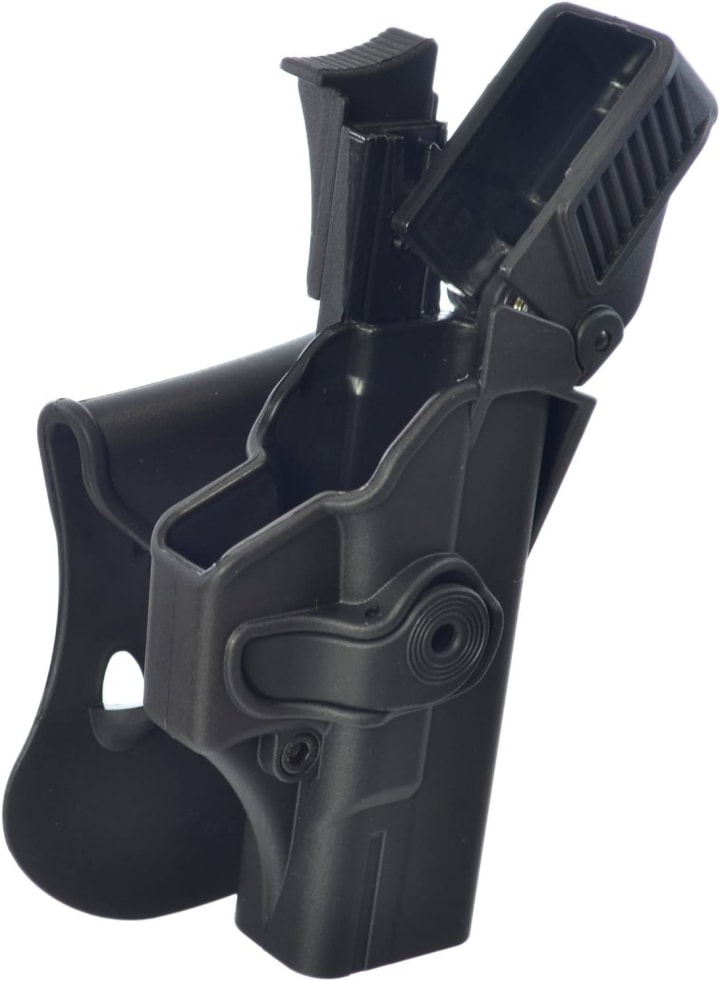
Tactical holsters with Level 3 and level 4 retention are mostly used by police and other law enforcement agencies who deal with the public on a daily basis since they may have to face difficult and dangerous situations.
Level 4 retention tactical holsters have a secondary strap or hood guard, an automatic locking system, and require a push of a button or a slight twist of the holster to release the gun. Once you holster the gun, it automatically locks your gun in the holster. This prevents anyone from taking out the gun without bypassing the safeguards built in the holster. This is the most secure type of holster with regards to retention levels.
Tactical holsters with high retention levels prevent the guns being snatched by an assailant or someone being arrested. Even if someone tries to grab the gun, it will not come out due to the high level of retention and automatic locking mechanisms built in these holsters. Therefore these holsters can prevent mishaps in case you get into a brawl or physical altercation. High retention levels are a must especially in law enforcement agencies as the added retention may actually save your life. These holsters have an undeniable advantage as compared to other traditional holsters especially in dangerous situations.
However, tactical holsters may not be suitable for everyone. They can be more expensive and bulkier than other types of holsters, and may not be suitable for everyday carry or recreational shooting. It is important for individuals to carefully consider their needs and choose a holster that is appropriate for their specific situation and needs.

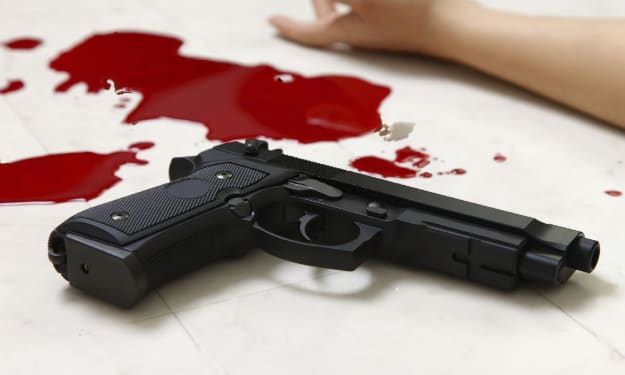
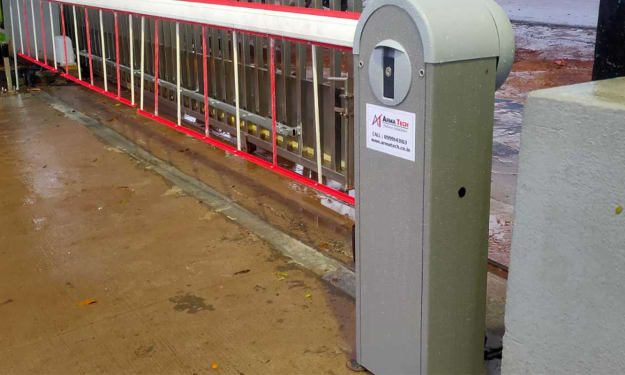


Comments
There are no comments for this story
Be the first to respond and start the conversation.